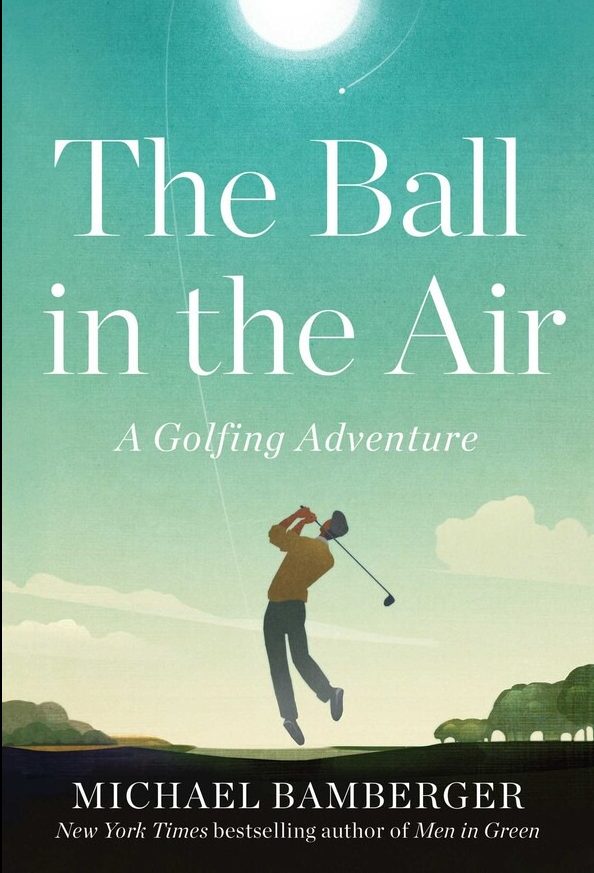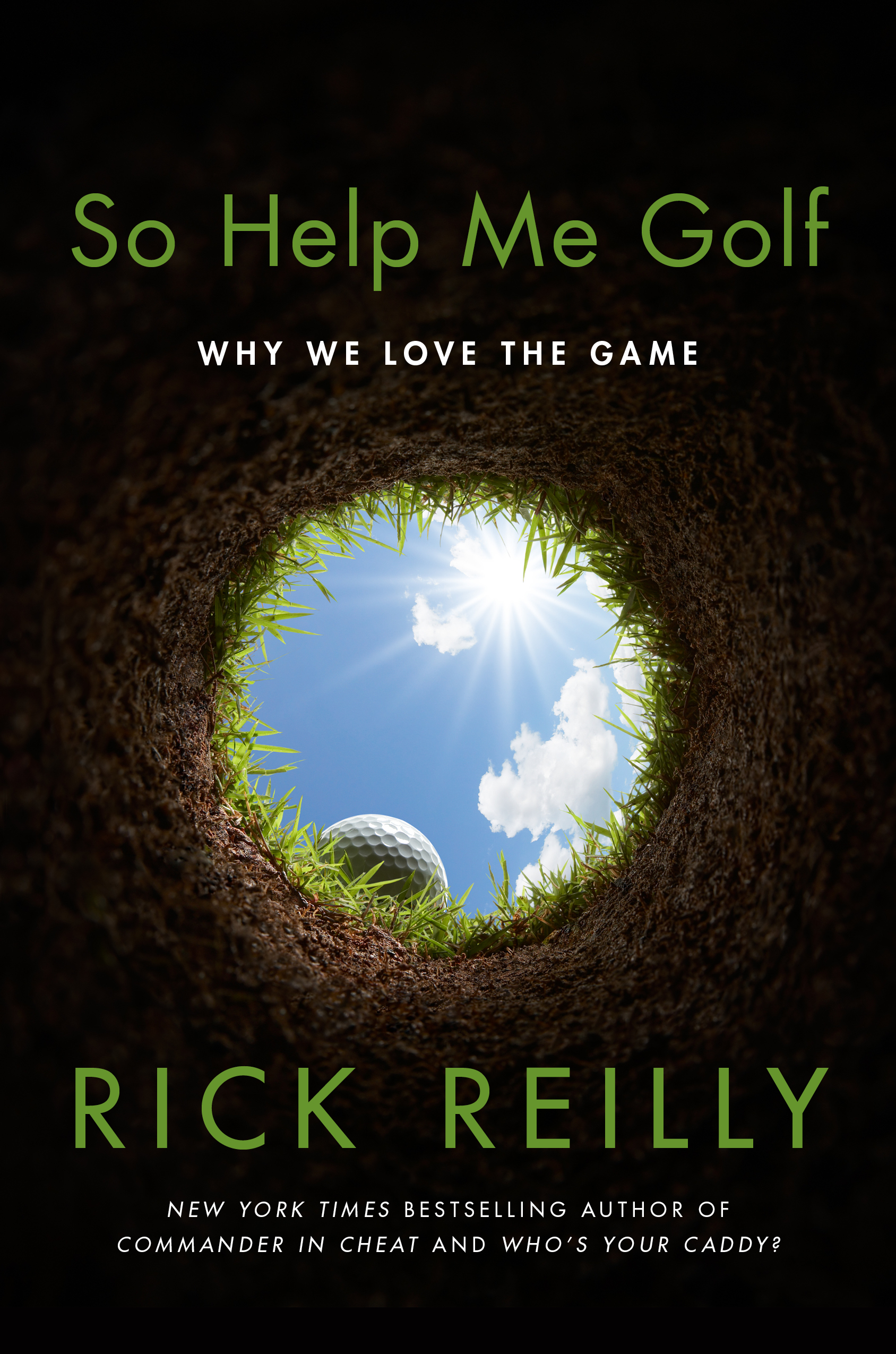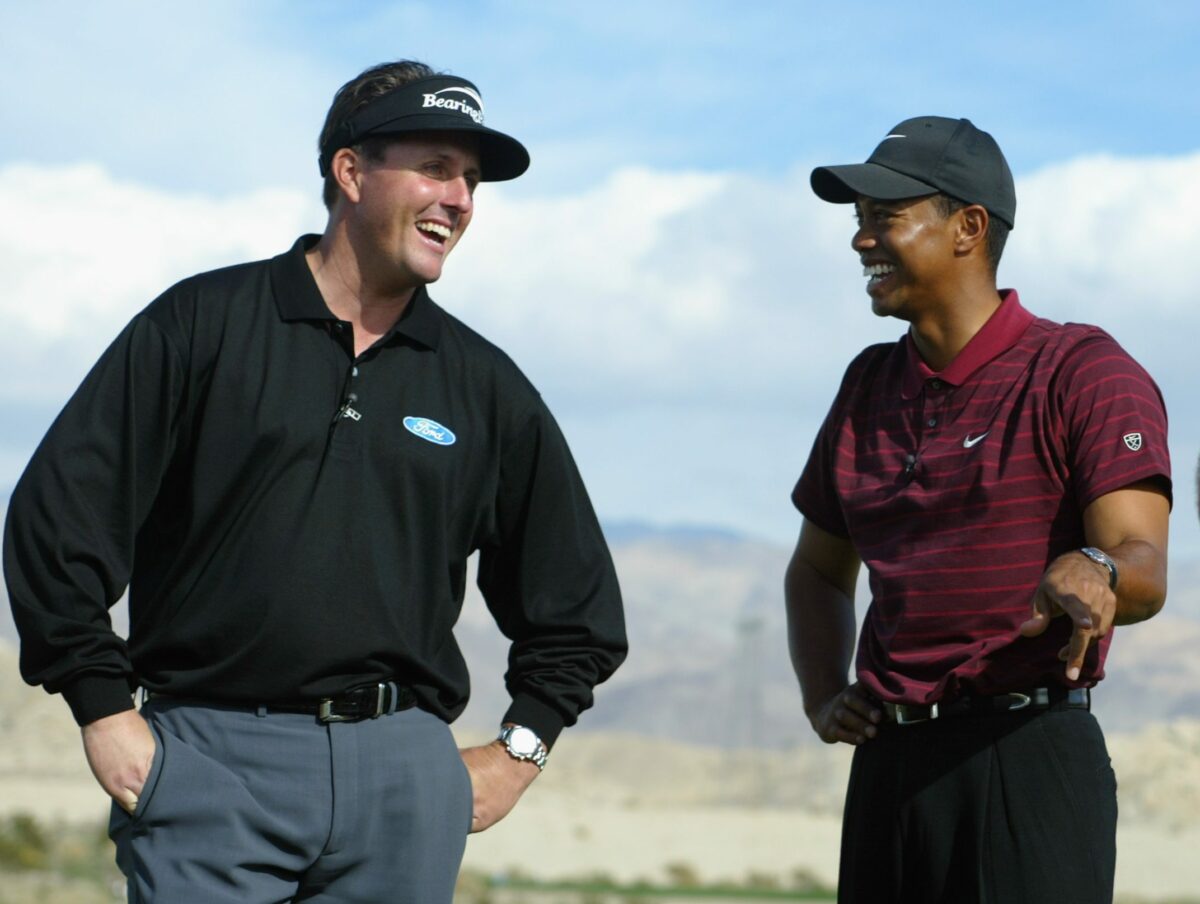It’s a joy to read Michael Bamberger’s latest book, maybe because it was such an obvious joy for Bamberger to write it.
“The Ball in the Air,” which was released March 28 by Avid Reader Press, is the famed golf writer’s love letter to the game he adores. He uses the stories of three real-life characters to reveal just how much the game has enriched each of them. He even throws in some first-person examples.
And the secondary characters are just as fascinating, including, of all people, Dave Guard of the Kingston Trio, the folk group that started in the late 1950s. Lee Trevino and Jack Nicklaus make cameos.
This might be Bamberger’s most accessible book. Even if you don’t like golf, you’re drawn to the characters’ stories.
Bamberger, a former newspaper reporter and award-winning magazine writer who now writes for the Fire Pit Collective website, jumps back and forth between the characters. It takes a minute to see what he’s doing. When you catch on, you can’t wait to get back to a previous character’s chronological story and see what happens next.
There is a young female golfer, a 40-ish former community college golfer and an 88-year-old who played in the 1972 U.S. Amateur. They are introduced in the book from youngest to oldest.
An astute golf fan might know two of the characters. The young female is Pratima Sherpa, who grew up poor in Nepal. Through a 2016 article in Golf Digest by Oliver Horovitz and some amazing people that helped her along the way, she earned a golf scholarship at Cal State Los Angeles, where she will graduate in May.
The middle character is Ryan French, whose life spiraled out of control soon after his college career. It was through golf writing (first with his Monday Q Info Twitter stories of pro golf dreamers that even drew the attention of quarterback Aaron Rodgers) and the love of his parents, second wife and others that he made it back to the other side. He eventually worked for the Fire Pit Collective, alongside Bamberger.
Very little, in terms of his golf, though, has ever been written about the third character, Sam Reeves, a deep thinker and self-made man who made millions in the cotton business and has touched so many people.
He ends up stealing the show with his humility and the connections he makes in golf, which include famed golf instructor Butch Harmon and former Cypress Point head pro Jim Langley. Reeves, from the small rural Georgia town of Thomaston, “has a lot of moves,” Bamberger writes. “He has the warmth gene, the curiosity gene, the games for connection, organization, efficiency and intimacy.”
While tracing the characters’ life paths to the present, Bamberger inserts some opinions, such as his disdain for LIV Golf and its money-fueled ways. It’s no wonder, since LIV is the antithesis of what Bamberger and his characters stand for.
He also throws in some golf phrase nuggets that will draw a smile from die-hard fans. In one section, he writes about the feeling of hitting a good shot. It is where the book’s title is derived.
“You get over your ball and you make your swing and the next thing you know you ball is in the air, propelled by you but now with a life of its own.”
He then types: “Be the right club TODAY.”
Bamberger doesn’t attribute it to Hal Sutton, but golf fans know that’s what he said on the 72nd hole of The Players Championship in 2000. It came with Sutton holding a one-shot lead over playing partner Tiger Woods, who had just missed the green with his approach shot. Sutton then sent a 6-iron that was the “right club” and secured his victory.
It wasn’t until he started writing about the three characters’ love of the game that Bamberger suddenly realized there would be a fourth character for the book – himself.
“Things happened in the 1970s that made me fall for this game but I hadn’t thought of them at all until I started writing this book,” Bamberger said in a podcast on the Fire Pit Collective.
It was during that time that Bamberger, who grew up playing golf in his hometown of Patchogue, N.Y., that he caddied at the famed Shinnecock course the National Golf Links of America, which is nearby.
“My experiences at those two golf clubs settled deep within me,” Bamberger writes. “Part of it was the greatness of the playing fields. The quietude these courses offered. Their firm fairways. The coarse beach sand in the bunkers. The magic-carpet greens that looked they could take flight.”
Above all, as he points out through his characters – and all the help they received because of golf – it comes down relationships that are developed through the game. That can often happen when you play a new course and join up with someone you don’t know. Bamberger loves to do that. One of the favorite courses he discovered is the Augusta Municipal Golf Course, the public course better known as “The Patch.”
In the summer of 2022, Bamberger played a number of rounds at Machrihanish (the name of the course and the town in southwestern Scotland). In one of those rounds, he set up a round with local resident Tommy Blue, who he had interviewed once by phone but had never met. They were both the same age, 60.
“How golf promotes intimacy is a marvel,” Bamberger writes. “At the end of our rounds, I felt a closeness to Tommy that I cannot express. We had shared a fine round on a superb course with meaningful conversation on a breezy summer day. That’s a lot.”
“We were together for a three-hour period and we were comparing notes on marriage, health and raising kids and golf,” Bamberger said of the experience on the Fire Pit Collective podcast. “We met one time, we had one round of golf and we may never meet again, though I hope we do. I just know the round enriched me forever. I just don’t know what other sport could do that.”
This is Bamberger’s ninth book (he also did a play). He has said some of them were a grind to write. This one was not.
All his previous golf writing, which are flavored by his love and respect for the game, led him to this place. It’s the book he was meant to write.
[mm-video type=playlist id=01es6rjnsp3c84zkm6 player_id=01evcfxp4q8949fs1e image=]





